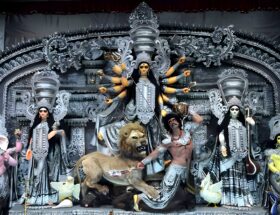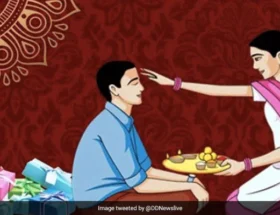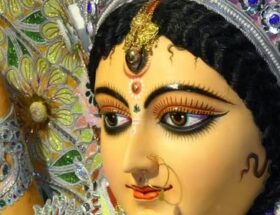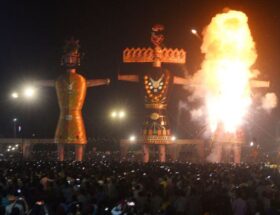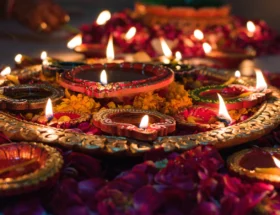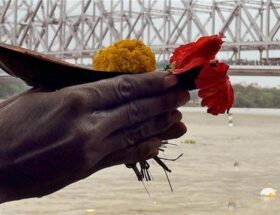Baisakhi Festival: Celebration of Harvest and Heritage
Introduction to Baisakhi Festival Celebration
The largest among all festivals celebrated in Punjab is one known as Vaisakhi, better spelled as Baisakhi. Baisakhi Festival Celebration falls on the 13th or 14th day in the month of April in every passing year and stands as basically the inauguration of the harvesting season. It is obvious in such agricultural communities where farming forms the very basis of living that it is really extremely important and a joyous occasion altogether. It is not simply a harvest feast for the Sikh community; it is a very important day in the religious calendar. The stick is soaked with history.
Historical Significance of Baisakhi
On this day, Guru Gobind Singh, the 10th Sikh Guru, called upon Sikhs to sacrifice their lives for the community or the common cause. Five courageous men offered themselves for this disciplinary baptism and came to be known as the “Panj Pyare” or “Beloved Five.” The occurrence has an actual milestone of the events in Sikh history and draws tremendous devotional celebrations. Cultural and Religious Programs Many cultural and religious programs are held to commemorate the occasion. In Punjab, people begin their day by entering Gurdwaras. To give reverence to the Gurus, the recitation of Guru Granth Sahib is the most spectacular thing about the commemoration of this day. After prayers and other religious rituals, the devotees partake in Langar, a communal meal being supplied to all regardless of the differences in Castes, Creed, and Religion.
Colourful Celebrations with Traditional Dance.
One such form is the Bhangra dances, which are incomplete without the act on a joyous occasion of Baisakhi.
These are the Folk Punjabi Dances filled with the bodily postures and facial expressions of joy, arising from the gratefulness shown to nature; and further, gratefulness to God for a successful crop.
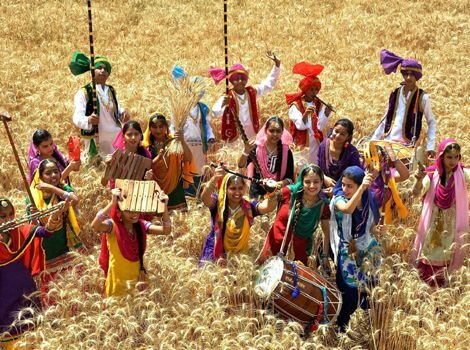
Cultural and Religious Practices
One could see them performing themselves in their full regalia, dancing in and out with mirth and glee to the rhythm of the beats of the dhol. This also provided an opportunity through which one and all could be familiar with the enriched culture and heritage of Punjab. Baisakhi Mela: The Stage of Joy and Commerce Baisakhi Melas are quite a common sight during this festival.Such fairs take place in various cities, towns and villages all over the state of Punjab.
Baisakhi Mela: A Hub of Joy and Commerce
They really turn out to be a concoction of pleasure and commerce. No, these fairs consist of thousands of stalls of all sorts of foods, crafts and clothes. They even put in thousands of kind of fairs for all kinds of rides, games and other sorts of entertainment. This becomes one break point where any family can have some fun and thrill because of the festive air. Relevance to Farmers This, therefore, becomes very crucial for the farmers.
Significance for Farmers
Other than that, it’s also a harvest time for crops like wheat from a Rabi crop season. This very fact speaks a lot and is synonymous with prosperity and plenty for the agriculturist, as he indulges in hard work and pays rich dividends this season. This is also the time when thankful farmers offer their thanks to the Almighty for being able to continue and have the same benefits in times to come.
Conclusion on Baisakhi Festival Celebration
Baisakhi symbolizes more than just a festival; it reflects lifestyle, heritage, and religion. Its diverse celebrations foster a sense of togetherness and gratitude. People best experience the true essence of Baisakhi through religious ceremonies and folk dances that embody Punjab’s rich history. With all the ardor still present in its celebration, Baisakhi remains a rich ingredient of the larger Indian cultural quilt.
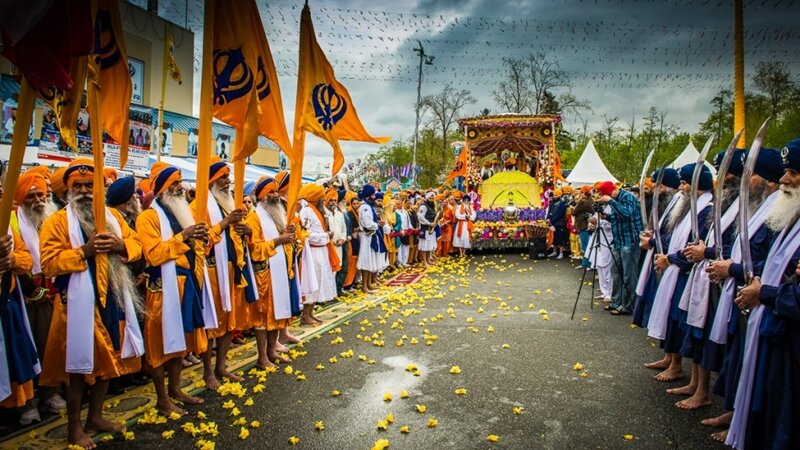
Sarees that women can wear in this festival: Aesthetic Light Pink Handloom Khadi Cotton Saree
Some FAQs about Baisakhi Festival Celebration
1. What is the Baisakhi Festival?
This holiday holds significant meaning for Sikhs in Punjab, who celebrate and observe it according to the Punjab AT calendar. Most commonly, they refer to it as a harvest festival. The celebration centered on harvesting the Rabi crop, coinciding with the formation of the Khalsa by Guru Gobind Singh in 1699.
2. When do the Sikh people celebrate The festival?
The 13th or 14th day of April every year; this is according to the solar calendar. This happens to be in the month of April. The Punjabi people consider it the first day of the New Year in their main culture.
3. What is the significance of Baisakhi Festival Celebration among the Sikhs?
Panth Khalsa, founded by the 10th and last Guru of the Sikhs, Guru Gobind Singh, on 13 April 1699, is widely recognized for signaling a visionary commitment infused with the noble principles of equality and heroic piety.
4. Why is Baisakhi important for farmers?
The festival, on the other hand, shows people flocking to gurdwaras, Escort companies processions with colourful dancing mostly bhangra and gidha and lastly, fairs .
5. What is Khalsa for Baisakhi Festival Celebration?
Initiated Sikhs were first gathered by Guru Gobind Singh long ago in 1699 on the event of Baisakhi. Three qualities for Sikhs are bravery, brotherhood and of service to humanity
6. What celebratory traditional food do people eat at home, domestically, and in the community to feast on during Baisakhi?
Some of the festal traditional food cooked at home, in households, and in communities to indulge in during Baisakhi are Makki di roti, Sarson da Saag, Langar meals, and Ladoos.
7. What is the Nagar Kirtan? Explain what this pious procession is closely related to in the Birthday festivity.
Nagar Kirtan: This religious process occurs in the middle of the Baisakhi festival, led by the Panj Pyare, who are the main figures in this event. Participants perform Keertan, followed by Katha of Sikhism, in the streets, and then they proceed with the Panj Pyare.
8. How do people outside India celebrate the Baisakhi Festival?
Though it is a worldwide festival in so far as Sikhs are concerned, the festivals seem quite gaudy in very few countries — for instance, Canada, the UK, and the USA. Various organizations organize parades, and apart from the religious celebration, they well lay out the cultural programs.
9. What does Baisakhi mean to farmers?
The farmer harvests all of his rabi crops, which essentially refers to wheat, during this current season. All these periods are nothing but a time to enjoy and cherish after good harvest seasons.
10. How do people enjoy Baisakhi?
You can join prayers, community kitchens, fairs, and cultural performances at gurudwaras to experience local city or town life.

